Talk to your doctor about the benefits and risks of taking high doses of Vitamin E. One major concern is that Vitamin E can thin your blood and for patients already on anticoagulants it may not be wise to add a high dose of Vitamin E as well.
Vitamin E is a fat-soluble vitamin that is found in fruit, vegetables and whole grains. It is best absorbed when taken with food. It typically is dispensed in 400 IU’s capsules.

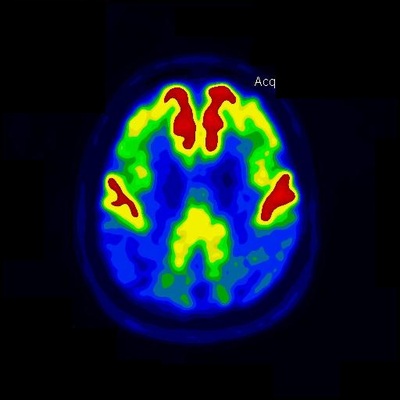
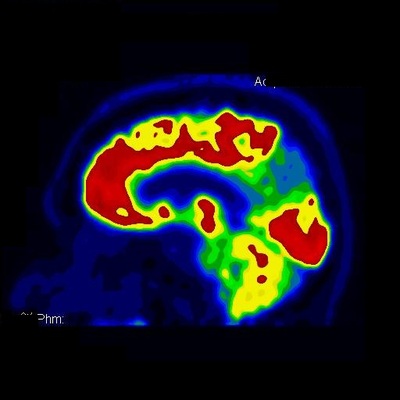
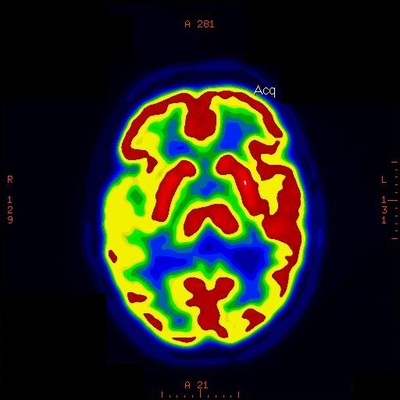
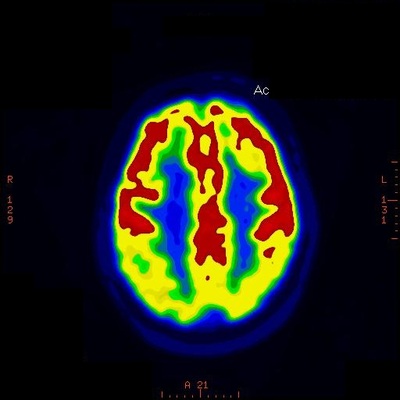
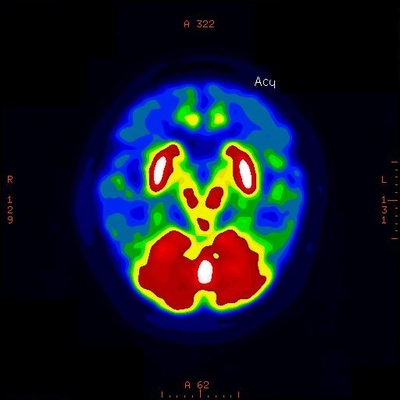
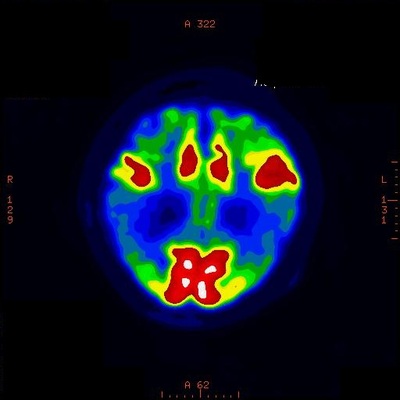
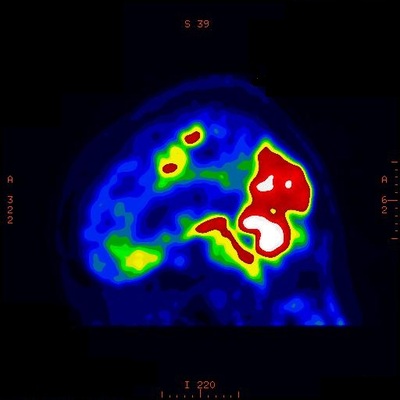
 RSS Feed
RSS Feed
